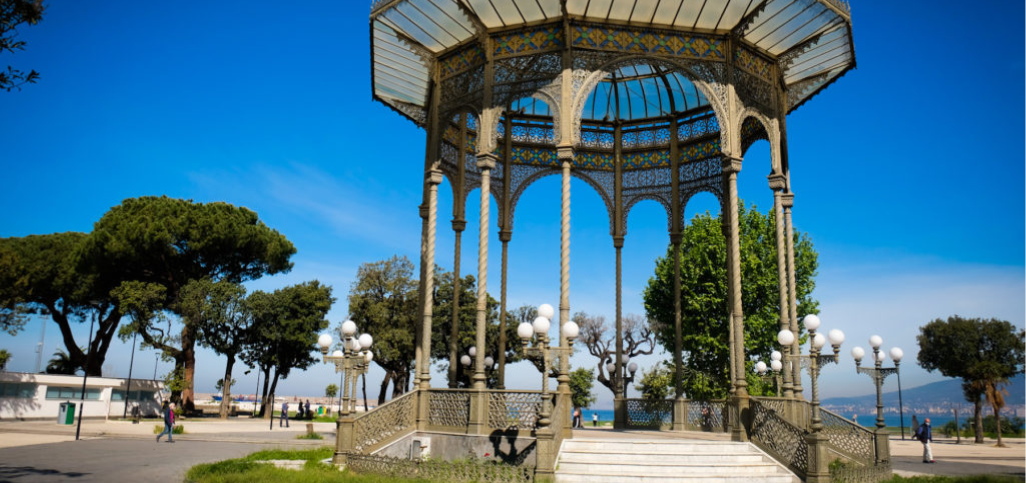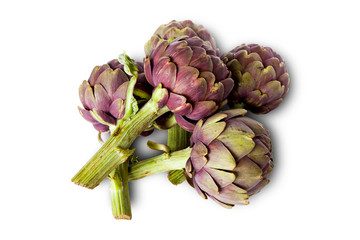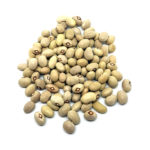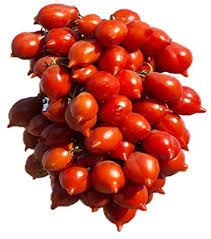
Enogastronomic Tours
The fertility of the soil accompanied by the favorable climate has made the city home to products that have become real gastronomic excellence over time. Discover the food and wine tours of Castellammare di Stabia.
Castellammare is located in the heart of the Campania Region once called “The Campania Felix” by Pliny the Elder for the mildness of its climate and fertility of its land
The historian Floro wrote referring to Campania:”…It is the most beautiful of all the lands not only of Italy, but of the whole world, in fact for all the year the weather is very mild and nothing is more fertile than its soil.”
The fertility of the land is due to the volcanic origin and combined to the mildness of the climate, has always favoured a wide sort of products that have become the true gastronomic excellently in the passing of time. These are the pride and basis of traditional Campania food. The cooking tradition of the whole Campania Region in particularly of Castellammare Di Stabia and its surrounding areas is forever open to innovation.
Tour of tastes and flavors of Stabia
Violet Artichokes of Schito
One of the best product of Castellammare and surrounding area is undoubtedly the violet artichoke of Schito (promoted by the Association Violetto di Schito) cultivated in the famous orchards from February to May. The cultivation of artichoke is very old it goes back to the Roman times, in fact Pliny the Elder was never without in his winter supplies. Its peculiarity is an ancient cultivation technique that is still done by the expert farmers:” a special bowl of terracotta is placed on the first apical inflorescene called “mammollella” to protect it and make it grow tender.
The bean of Schito called “Canario”
Another product of the territory is the Canario bean of Schito, a multi coloured bean particularly rich in potassium. Its particular colour is due to the presence of minerals in the soil where it is cultivated. According to the tradition, it is sown twice a year on San Giuseppe (S. Joseph) day and Sant’ Anna’s day and harvested more or less 100 days later.
The biscuits of Castellammare and the Water of the Madonna
When you come to Castellammare you should taste the biscuit of Castellammare which seem to have been invented in the Bourbon period although their official origin, dates back to 1848 when the inventors gave the biscuits its classic shape of a cigar.
Michele Palumbo, an illustrious historical writer born in Castellammare in his book “Stabiae and Castellammare Di Stabia”, tells about the city and its typical products:”The people particular that come to our city, even only once cannot forget two particular scents: one is a blend of sulfur and iron vapors of the minerals from the spring natural waters and the other one is the evanescent and sweet smell of the biscuits Castellammare“.
Usually local people eat the biscuits of Castellammare by dipping them into the mineral water of the Madonna, which is another of the many excellence of Castellammare, in fact Castellammare is also called “City of Water“. The for the presence of 28 natural mineral water sources still existing. The best know is the Acqua della Madonna which, thanks to its properties preserves its unchanged organoleptic characteristics. For this reason it was used in the past by sailors who before their long voyages took it directly from the source situated by the seafront Because of its use, it was also called “Water of the Sailors”.
Pasta and Gragnano Wine
Thanks to its old tradition, the city of Gragnano is now known as the City of Pasta. The historical importance of pasta production in Gragnano has influenced the design of urban spaces throughout the centuries. The production of pasta took roots so in this territory that already in the sixteenth century the first corporation of the “Vermicelli”. Was born.
The development continued until the eighteenth century, when it reached its peak leading the city to be redesigned, with the urban plan of 1843, to let the currents of air to flow through it, and this was the success of the drying process. The remains of the artifacts once used for the production can still be admired today, along the route of the ancient “Valley of the Mills”.
Pasta di Gragnano is made with a mixture of durum wheat semolina and water from the local source. The shapes are different and all typical, created by the skills of the pasta-makers with the rough characteristic surface given by the drawing through bronze.
Mario Soldati, famous writer and director, expert in wine, tells us after a trip to the Lattari: ”the Gragnano wine has a deep ruby red color, which becomes a deeper, vinous and rural aroma; sparkling, and when young foamy that immediately disappears its pasty, dense but at the same time smooth like a lambrusco that is a full bodied wine or like barbera that is a less bodied wine; but with an aroma, that leaves a pleasant smoked species retro taste like that of whiskey but infinitely more volatile”. The success of this wine is undoubtedly due to its pleasant and sweet taste, exalting the taste of the grape without changing its flavor and aroma.
Fior di latte di Agerola
The “fior di latte of Agerola” is the best known milk product of the Milky Mountains (Monti Lattari), so called because it has always been produced there with goat milk, sheep milk and, on the Sorrentine coast side even raw milk.
We are talking about one of the finest farm product, originally derived from the “Agerolese” cattle breedings selected in 1845 by General Avitabile. The Bourbons had a great attention for agriculture and zoological technics. The heritage of this still remains whole raw milk curd is used to make this solid but stretchy pure milk cheese. It can be prepared in various shapes, from the round, to the knot, to the braid according to the tradition of the farm. The taste is that of the milk, a little bit sour but perfectly combination with the tomatoes. Over the centuries, this product of the Sorrentine Peninsula has become one of most widespread in the city market of Naples.
It was just the Fior di latte of Agerola the great protagonist of the pizza margherita for all the 19th century, before that the buffalo mozzarella was used. Today again there is a big demand for the production of “fior di latte mozzarella” after a long down period. When the market was invaded by imported food products.
Pomodorino del piennolo
“Pomodorino del piennolo” grows on the slopes of the Vesuvius and is of the most typical and ancient product of the Campania agriculture. It has been cultivated here for a very long time it’s documented by its presence among the decorations in the traditional Neapolitan nativity scene. For its unique and delicious flavor it the essential ingredient of many traditional dishes.











